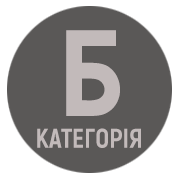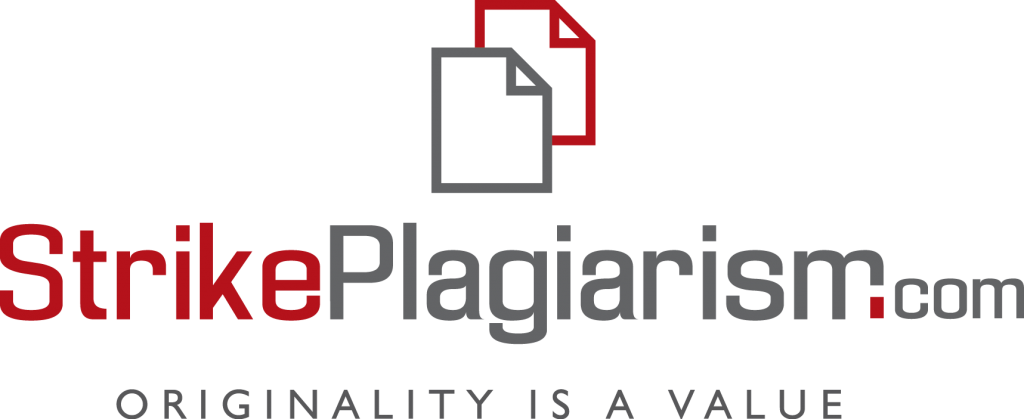Theoretical challenges in the study of the fantastic literature
DOI:
https://doi.org/10.32782/2617-3921.2024.26.192-203Keywords:
science fiction, fantasy, the fantastic, generic criticism, intergeneric boundaries, structuralismAbstract
The article is intended to outline the critical interest in the literature of the fantastic in two ways: by outlining the challenges in a theoretical understanding of its generic specificity in the wider field of literature by exemplifying analytic approaches to the study of the fantastic. Some of them are traditional and connected with the body of SF scholarship, inasmuch they have greatly helped in forming critical opinions. Another way is to highlight not so much a genre of the fantastic, but controversial theses that emerged within a new critical direction concerning the “moments of truth” found in fantastic writings that emerged with New Wave and encouraged the dynamics of critical awakening. It is noticeable that critics of the fantastic move away from the criterion of reality, then return to it again as a saving milestone. The goal of the article is not so much to name any of them as the most correct and comprehensive but to consider some of the many challenges that pertain to the criticism of the fantastic and that are still left unanswered in Western mainstream criticism. Critics, like E. Rabkin, N. Ruddick, H. Bretnor, L. Fiedler, T. Todorov, S. Lem, B. Aldiss, espoused a new vision of the fantastic not only within a historical context and generic variety of the precursors of the fantastic genre as an area of active artistic consciousness but also as a reader’s experience of the fantastic. As the title implies, the article describes how the study of the fantastic elucidates authoritative judgments on challenging issues and the most unexpected solutions, inasmuch since discussions on the definition and designation of genres of fantastic literature can be endless. The variety of emerging modifications of the fantastic is just as limitless. In addition, some new theoretical challenges are visible as a consequence of this study. The science-centrism is largely discredited now, and the process of the birth of new fantastic genres is underway in critical assessment.
References
Aldiss B., Wingrove D. Trillion Year Spree. L.: Paladin Grafton Books, 1988. 204 p.
Anatomy of Wonder: Science Fiction. Ed. by Neil Barron. N.Y.: Xerox Educational Company, 1978. 167 p.
Bailey J. Pilgrims Through Space and Time. Trends and Patterns in Scientific and Utopian Fiction. L.; N.Y.: Argus Books, 1947. 167 p.
Bleiler E.F. A Checklist of Modern Fantastic Literature. Chicago: Shasta Publishers, 1948. 123 p.
Bolt Joe de and Pfeiffer J. The Modern Period, 1938 – 1975. Anatomy of Wonder: Science Fiction. Ed. by Neil Barron. N.Y.: Xerox Educational Company, 1978. P. 117–137.
Bretnor H. Science Fiction Today and Tomorrow. L., 1979. 341 p.
Clarke A.C. Childhood’s End. N.Y.: Ballantine, 1972. 112 p.
Contrary Modes. Proceedings of the World Science Fiction Conference. Melbourne: University of Newcastle, 1985. 155 p.
Coordinates: Placing Science Fiction and Fantasy. Ed. by G.Slusser, E. Rabkin. Illinois: Southern Illinois University Press, 1983. 356 p.
A Dictionary of Modern Critical Terms. L: Routledge & Kegan Paul Ltd, 1987. 253 p.
Exploring Fantasy Worlds. Ed. by Michael Moorcock. Bernardine: Borgo Press, 1985. 116 p.
Fiedler L. The Criticism of Space Fiction. Coordinates: Placing Science Fiction and Fantasy. Ed. by G. Slusser, E. Rabkin. Illinois: Southern Illinois University Press, 1983. P. 3–29.
Philmus R. M. Science Fiction from its Beginning to 1870. Anatomy of Wonder: Science Fiction. Ed. by Neil Barron. N.Y.: Xrox Education Company, 1978. P. 3–35.
Green M. Science and the Shabby Curate of Poetry: Essays About Two Cultures. N.Y.: Norton, 1965. P. 12–45.
Hawthorne N. The House of Seven Gables. N.Y.: Dover Publication, 1937. 189 p.
Heinlein R. Science Fiction: Its Nature, Faults and Virtues. The Science Fiction Novel: Imagination and Social Criticism. Chicago: Adventures, 1959. P. 3–24.
Lem S. Fantastyka i Futurologia. Krakow: Wydawnictwo Lit., 1970. T. 1–2. 293 p.
Moskowitz S. Explorers of the Infinite: Shapes of Science Fiction World. L.; N.Y.: Hyperion, 1963. 134 p.
Rabkin E. S. The Fantastic in Literature. Princeton University Press. New Jersey, 1977. P. 232.
Rogers I. A. The Gernsback Era, 1926-1937. Anatomy of Wonder: Science Fiction. Ed. by Neil Barron. N.Y.: Xrox Educational Company, 1978. P. 79–117.
Ruddick N. Ultimate Island. On the Nature of British Science Fiction. L.: Greenwood Press, 1993. 197 p.
Schmerl R.B. Fantasy as Technique. Science Fiction: The Other Side of Realism. The Essays on Modern Fantasy and Science Fiction. Ed. by Clareson Th. D.
Ohio: University Popular Press, 1971. P. 105–148.
Scholes R. Fabulation and Metafiction. New Jersey: Princeton University Press, 1977. 222 p.
Science Fiction: The Other Side of Realism. The Essays on Modern Fantasy and Science Fiction. Ed. by Clareson Th. D. Ohio: University Popular Press, 1971. 356 p.
Silverberg R. The Mirror of Infinity. L.: Harper Collins Publishers, 1972. 234 p.
Stapledon O. Last and First Man. A Story of the Near and Far Future. L.: Methuen, 1930. 237 p.
Todorov T. The Fantastic. A Structural Approach to a Literary Genre. N.Y.: Cornell University Press, 1970. 180 р.
Tolkein J.R.R. On Fairy Stories. The Tolkein Reader. N.Y.: Ballantine, 1966. P. 55–76.
Tolkein J.R.R. Tree and Leaf. N.Y.: Allen and Unwin, 1964. P. 38–57.
Turner G. National Accents in Science Fiction: An Australian Perspective. Coordinates: Placing Science Fiction and Fantasy. Ed. by G. Slusser, E. Rabkin. Illinois: Southern Illinois Press, 1983. P. 79–112.
Vax Lois. L’art et la Literature Fantastique. Paris: Presses Universitaire de France, 1960. 320 p.



